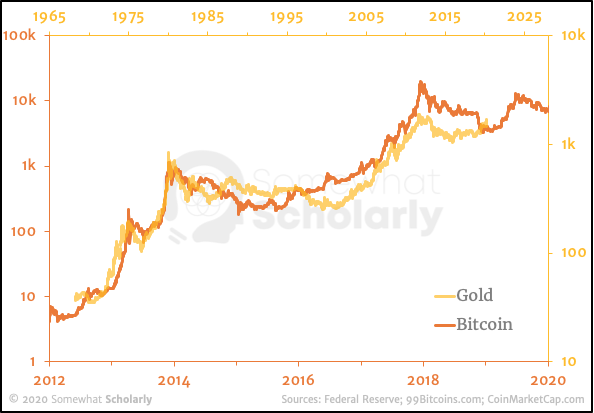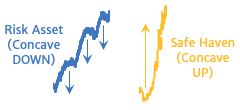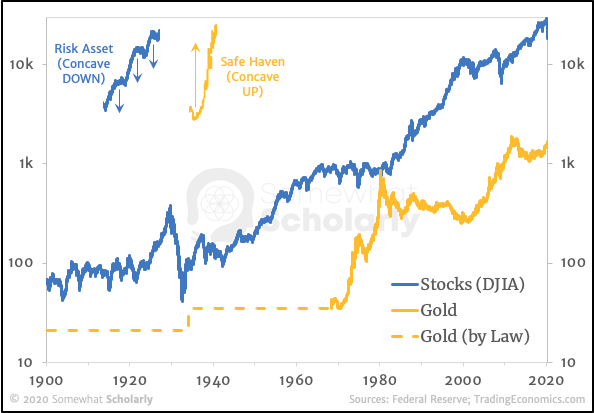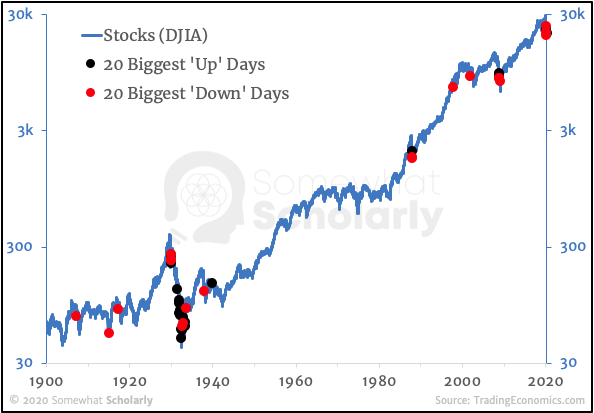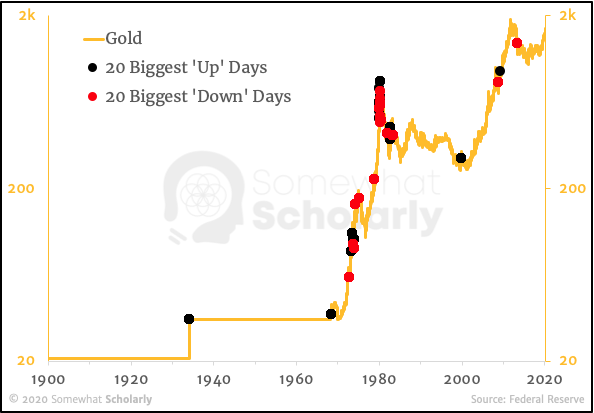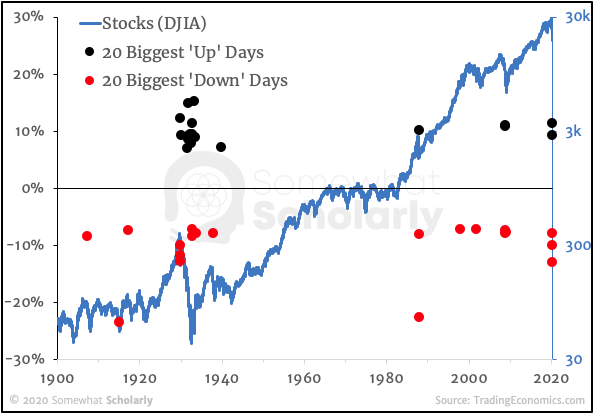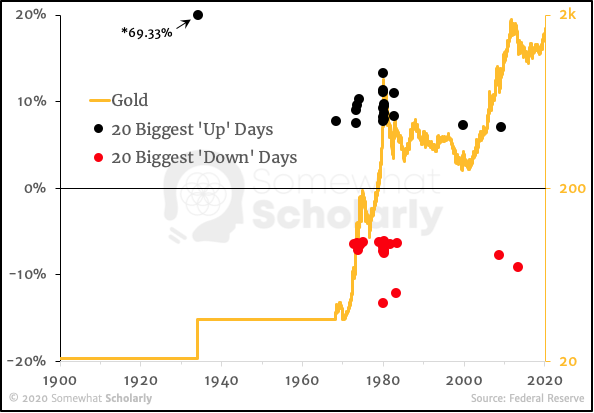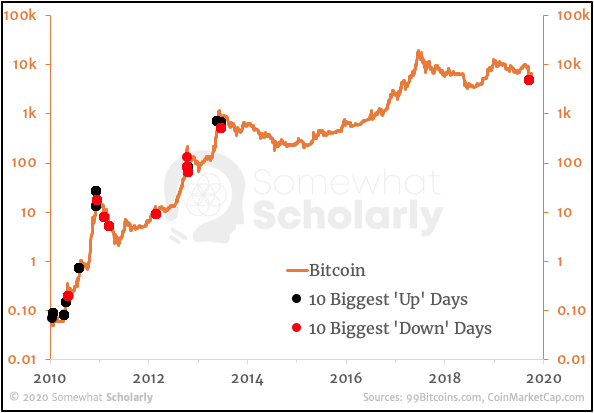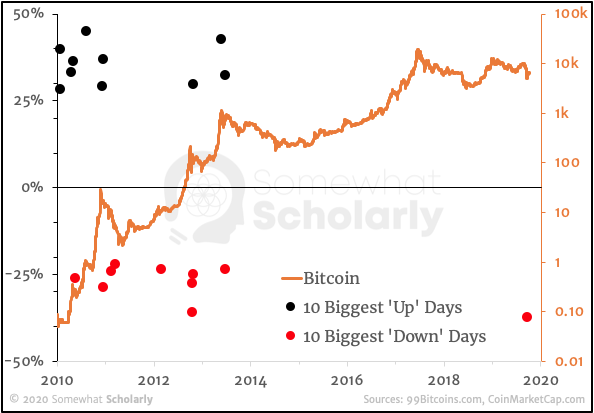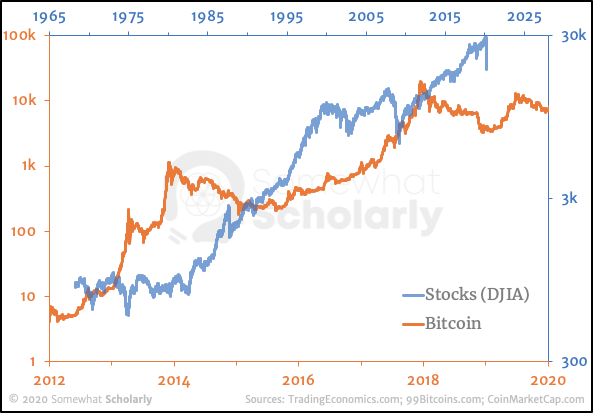LIVE Bitcoin Q&A on Saturday, May 9th, 2020 at 11:00am Eastern Daylight Time:
Open to everyone! And of course, it's FREE!
Search for "Somewhat Scholarly" on YouTube, or click this link:
Bitcoin is an open, borderless, decentralized, immutable system of creating, tracking, and sending wealth from person to person without reliance on a third party for permission.
Bitcoin is the first type of democratic money (and payment network) ever invented, and it will likely transform the global economy in staggering ways.
At this point in time, I believe that Bitcoin Education is one of the best investments you can make in your own personal future.
If you educate yourself, you can protect yourself.
Don't forget to Subscribe to the channel and let me know your thoughts in the Comments! What are your thoughts, feelings, and actions in response to this?
Somewhat Scholarly Podcast is on iTunes, Spotify, Google, and Stitcher.
www.SomewhatScholarly.com
[email protected]
Podcast: Play in new window | Download
Subscribe: RSS

